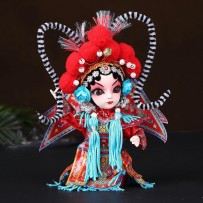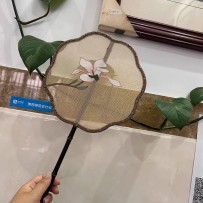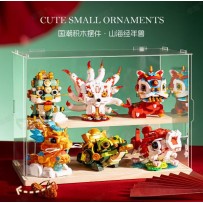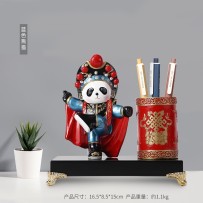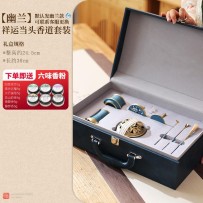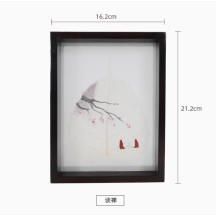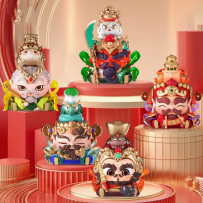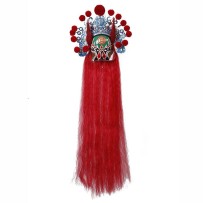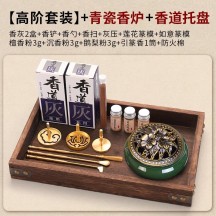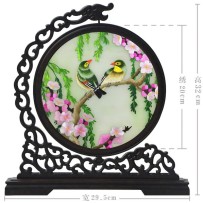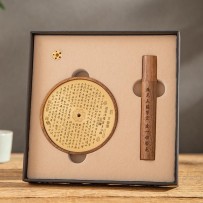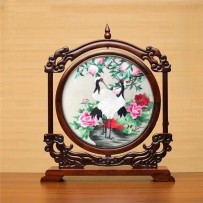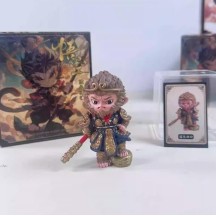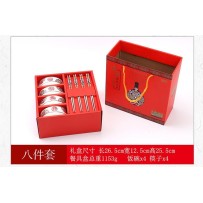Subcategories
Obsidian crystal bracelets are widely believed to offer several benefits: they help repel negative energy, protect the wearer, clear negative emotions, enhance insight, stabilize one’s foundation, and support personal transformation. Additionally, obsidian is also thought to attract wealth, gather positive energy, and improve interpersonal relationships.
Brass + sandalwood,Relief craft, colored beads inlay
The primary function of a Hexiang bead bracelet lies in its aromatic and wellness-enhancing properties. It is believed to calm the mind, soothe the spirit, ward off negative energy, enhance one’s presence, repel mosquitoes and insects, purify the air, and help balance the body’s constitution. Many Hexiang bead formulas include ingredients such as agarwood, sandalwood, and borneol, which are known to help relax the nerves, relieve stress, and improve sleep quality.
"A gift of culture that is refined both inside and out.The imagery of the lotus and duck together symbolizes 'the treasured duck passing through the lotus,' conveying wishes for top success in imperial examinations.This plate is not only a beautiful home decoration but also an ideal gift for friends and family."
Using high-quality copper as raw material, it is repeatedly tempered through multiple processes such as grinding, modification, and polishing.
Silk figurines are one of China's traditional handicrafts, originating in the Tang Dynasty. The making of silk figurines involves using high-quality materials such as silk, satin, gauze, and chiffon. Artisans meticulously craft them through over a dozen steps, including sculpting, painting, dressing, and adding headpieces and props, to create representations of historical ladies and opera characters. Folk fabric toys like "zhenzha" and "caizha" also share a deep connection with this traditional art form.
A zodiac bracelet for one’s Benmingnian (zodiac year) is a bracelet featuring the wearer’s Chinese zodiac sign, worn during their own zodiac year. It is believed to ward off bad luck and misfortune associated with Benmingnian and to attract good fortune and positive energy.
The round fan symbolizes reunion and happiness, embodying traditional Chinese auspicious meanings. Since ancient times, the Chinese have associated round fans with the Mid-Autumn Festival for two reasons: first, the festival celebrates family reunion, which the round fan represents; second, the fan’s shape resembles the full moon, and moon gazing during Mid-Autumn is a cherished cultural tradition.
Wisdom is the concentrated embodiment of talent and spirituality, and is the key to open the door to a person's wisdom.
Having wisdom is not only an expectation for oneself, but also a blessing for others.
Silk figurines are one of China's traditional handicrafts, originating in the Tang Dynasty. The making of silk figurines involves using high-quality materials such as silk, satin, gauze, and chiffon. Artisans meticulously craft them through over a dozen steps, including sculpting, painting, dressing, and adding headpieces and props, to create representations of historical ladies and opera characters. Folk fabric toys like "zhenzha" and "caizha" also share a deep connection with this traditional art form.
Mugwort pillows are believed to provide supportive relief for cervical spondylosis. They can help clear the mind, improve vision, calm the nerves, and aid in the treatment of insomnia. Additionally, they may promote blood circulation in the brain and help prevent cerebral thrombosis. Mugwort itself is known for its properties in dispelling cold, relieving pain, warming to stop bleeding, and offering antibacterial and antiviral effects—thereby boosting the body's immunity.
"The round fan symbolizes harmony and reunion, representing the joy and completeness of a newlywed couple’s life together. It is also known as the 'Hehuan Fan' (Fan of Harmony), originally serving as a blessing for newlyweds. Over time, its meaning gradually extended to express good wishes for an entire household
"Classic of Mountains and Seas" is an ancient book from the pre-Qin period. The author is unknown. It is a mythological geography book that contains strange and far-fetched stories and collects rare and precious objects.
The Masked Panda, featuring traditional Peking Opera facial designs, symbolizes peace, friendship, cuteness, and the fusion of Chinese traditional culture with modern art.
The purpose of an incense burner set is to create a calm and relaxing atmosphere. It is commonly used during activities such as meditation, reading, working, spa sessions, and sleep. It can also be placed in various settings including tea rooms, living rooms, bedrooms, and offices.
Embroidery is a form of handmade art developed to decorate and enrich daily life. At the same time, it has also served as a symbol of power and status, as well as a carrier of wishes for a beautiful life
Based on the representative images of the Five Gods of Wealth in traditional folk culture, combined with the characteristics and meaning of each god of wealth, and integrating the current trend of national aesthetics, we have created a series of Five Gods of Wealth figures and their peripheral products.
Peking Opera masks are a distinctive form of makeup with strong Chinese cultural characteristics. Since each historical figure or character type follows a specific pattern—similar to how singing or playing music follows a score—they are referred to as "face masks" or "lianpu" (face scores).
The purpose of an incense burner set is to create a calm and relaxing atmosphere. It is commonly used during activities such as meditation, reading, working, spa sessions, and sleep. It can also be placed in various settings including tea rooms, living rooms, bedrooms, and offices.
Embroidery is a form of handmade art developed to decorate and enrich daily life. At the same time, it has also served as a symbol of power and status, as well as a carrier of wishes for a beautiful life
Incense burning is an ancient cultural tradition rich in meaning. It is more than just the act of lighting incense — it serves as a way to show reverence to the divine, purify the environment, cultivate one’s character, and express inner emotions.
Chinese embroidery has a long and profound history, with its origins tracing back to the Shang and Zhou dynasties, and its legacy continuing into modern times. Over the course of more than 3,000 years and through countless dynastic changes, the art of embroidery—like the totem of the phoenix—has deeply rooted itself in the hearts of the people and grown ever more vibrant and flourishing
The fusion of modern and traditional Chinese styles creates a refreshing sense of Eastern cultural mystery, reflecting a gift tableware set that is both fashionable and innovative.










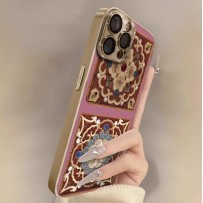



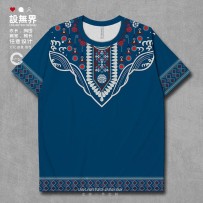

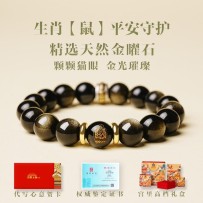

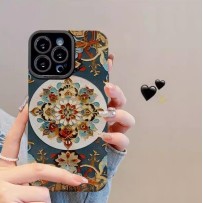

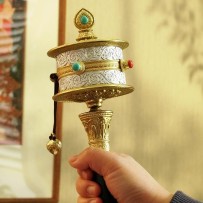




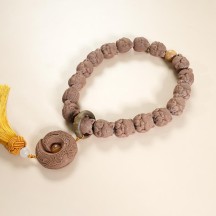

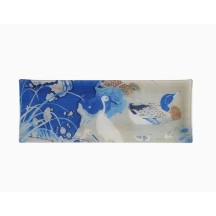
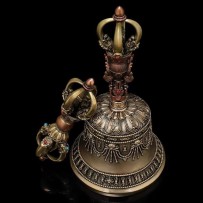

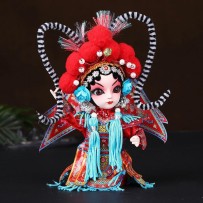

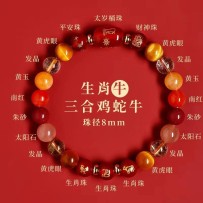

![[Intangible Cultural Heritage Gift] Handmade Suzhou Specialty Kesi Silk Round Fan with Rare Gold Weaving"](https://chinachic.shop/2114-inner_default/-intangible-cultural-heritage-gift-handmade-suzhou-specialty-kesi-silk-round-fan-with-rare-gold-weaving.jpg)



